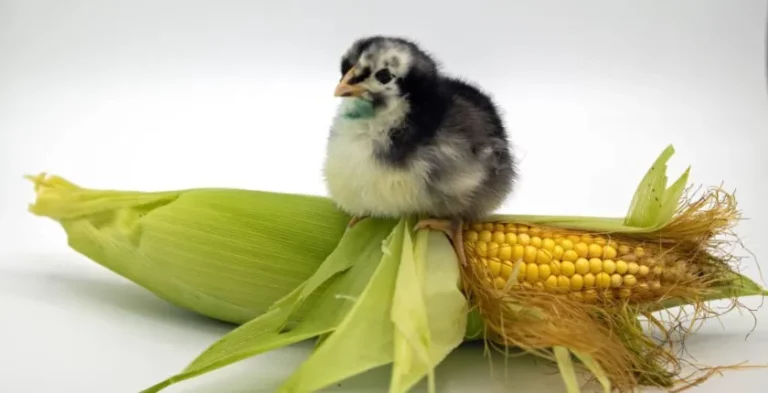Production Blue Chickens: Everything You Need to Know
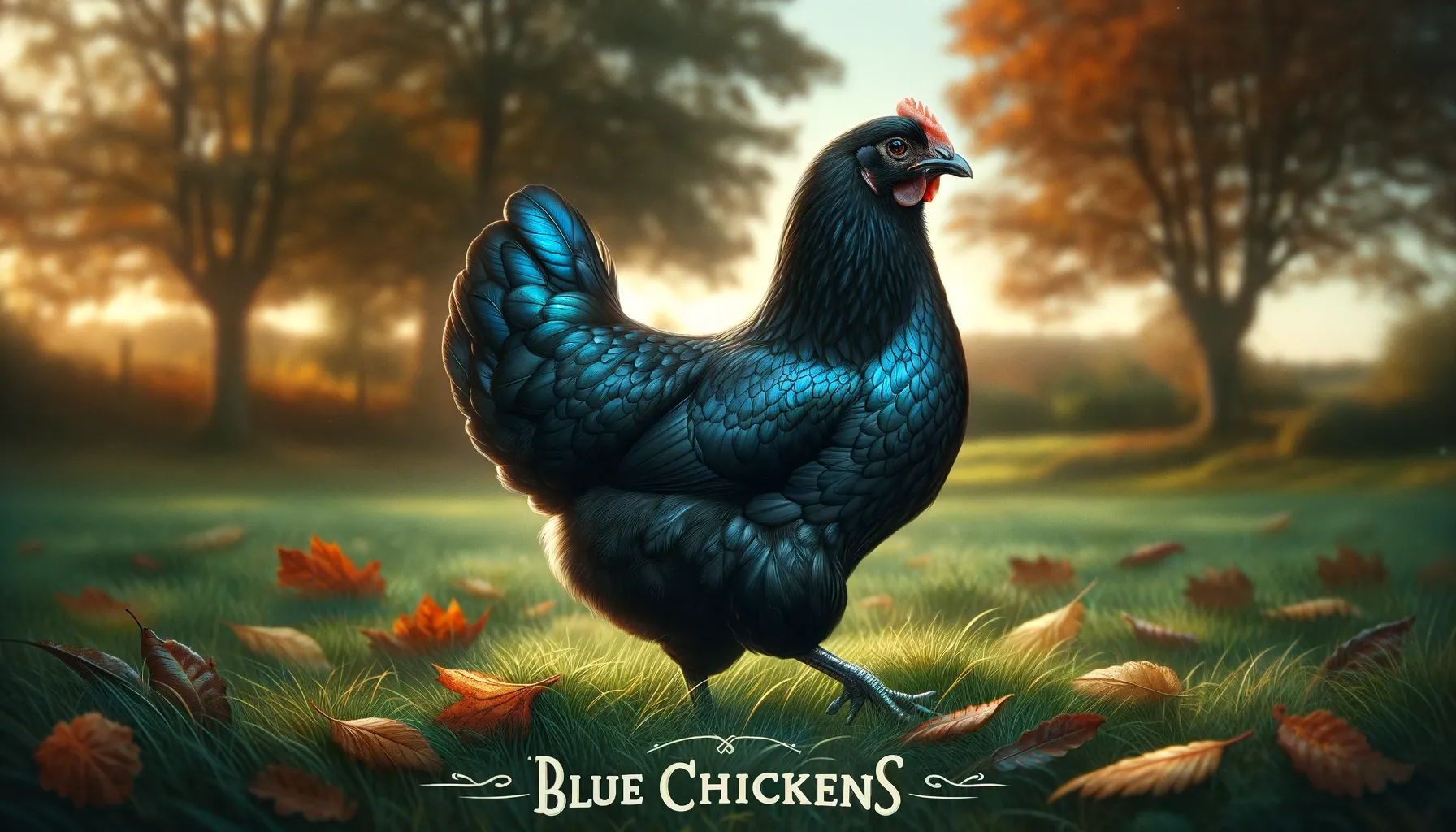
Production Blue Chicken is a unique type of poultry known for its high productivity, quality meat, and beautiful blue-grey plumage. With the production of blue chickens, poultry farmers can maximize egg and meat yields while captivating customers with their rare-colored feathers. Read on to learn all about raising these remarkable birds!
Background on Production Blue Chickens
Production of blue chickens originated as a cross between Barred Plymouth Rock chickens and White Leghorn chickens. By combining the hearty, muscular builds of the Plymouth Rocks with the stellar egg production of the Leghorns, breeders were able to develop a dual-purpose bird with the best traits of both parent breeds. These chickens first appeared in the 1920s and by the 1950s, specialized strains were established for either egg or meat production.
Today, blue chickens remain a popular choice amongst small and commercial poultry farmers for their excellent productivity. Their unique blue-gray color pattern also makes them stand out from typical white and brown chicken breeds.
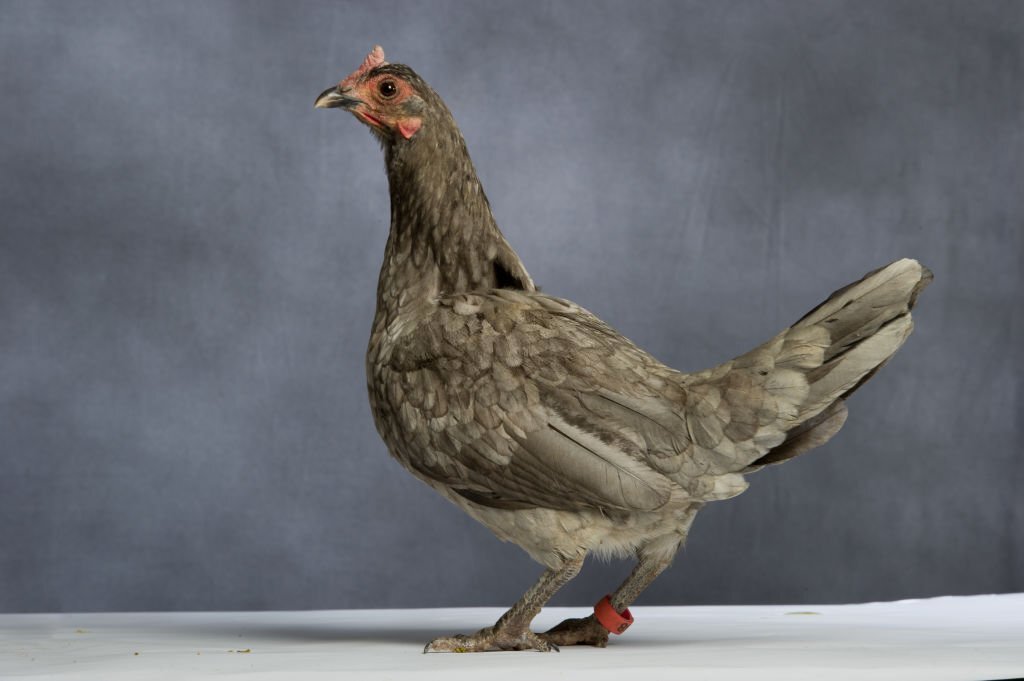
Characteristics of Production Blue Chickens
Production blue chickens are medium-sized birds with slate blue and grey barred plumage. They have bright red single combs and wattles with white skin. Males and females have similar feather patterns, but males are larger. On average, males weigh around 8 pounds and hens weigh 6 pounds.
These chickens are active, vigorous foragers when allowed to free range. They are also quite hardy with good disease resistance. blue chickens are known for quick growth rates, reaching target market weights faster than many heritage chicken breeds.
| Characteristic | Production Blue Chicken |
|---|---|
| Origin | United States |
| Classification | Hybrid |
| Temperament | Docile and friendly |
| Egg production | 250-280 eggs per year |
| Meat production | 5-6 pounds at slaughter |
| Maturity | 6 months |
| Lifespan | 6-8 years |
Benefits of Raising Production Blue Chickens
There are many advantages to choosing the production blue chickens for your poultry operation:
- Excellent egg production – hens can lay up to 280 eggs per year
- Good meat yield with quick growth to ideal market weight
- Docile temperament perfect for family farms
- Higher fertility rates than white egg layer breeds
- Perform well in confinement or free-range systems
- Tolerant of hot and cold climates
- Lower feed consumption than other heavy breeds
- Income from both eggs and meat
- Eye-catching blue color for niche market sales
With their dual-purpose attributes, blue chickens are one of the most versatile and profitable chicken breeds to raise.
Challenges of Raising Production Blue Chickens
While the production of blue chickens has many positive qualities, there are some potential downsides to consider:
- Can be flighty and nervous if not handled frequently
- Prone to feather pecking and cannibalism when overcrowded
- Need more space per bird than white egg layers
- Heavier feed consumption than egg-laying breeds
- Males can be aggressive toward each other when mature
- Lower cold hardiness than some heritage breeds
With proper management, these issues can be prevented or minimized. Providing adequate space, enrichment, and preventing overcrowding are key to success.
Tips for Raising Healthy Blue Chickens
Here are some top tips for keeping your production blue chickens performing at their peak:
- Select high-quality chicks from reputable hatcheries
- Provide a minimum of 3-4 square feet per bird in the coop
- Use nipple drinkers and feeders to prevent waste
- Feed a complete starter/grower ration for the first 16 weeks
- Transition to a layer feed with at least 16% protein
- Offer oyster shell and grit for calcium and digestion
- Allow access to the grassy range when possible
- Keep bedding clean and dry; litter should be 4+ inches deep
- Ensure proper ventilation without drafts
- Administer vaccines and prompt treatment for illness
- Collect eggs frequently to avoid pecking issues
- Cull aggressive males and low-performers
Following best practices for nutrition, housing, and health will allow your production blue chickens to thrive.
Related Post: Black Australorp Chicks
Popular Blue Chicken Breeds
There are a few main breeds of blue chickens to choose from:
- Andalusian Blue – Originated in Spain; prolific egg layers
- Blue Sapphire – Cross between Rhode Island Red and Plymouth Rock; excellent meat yield
- Blue Star – Hybrid between White Leghorn and Barred Plymouth Rock; top egg production
- ** Lavender Orpington** – Heavy breed developed in England; dual purpose bird
The Andalusian Blue and Blue Star breeds are primarily used for egg laying, while the Blue Sapphire excels at meat production. Lavender Orpingtons can serve both purposes quite well.
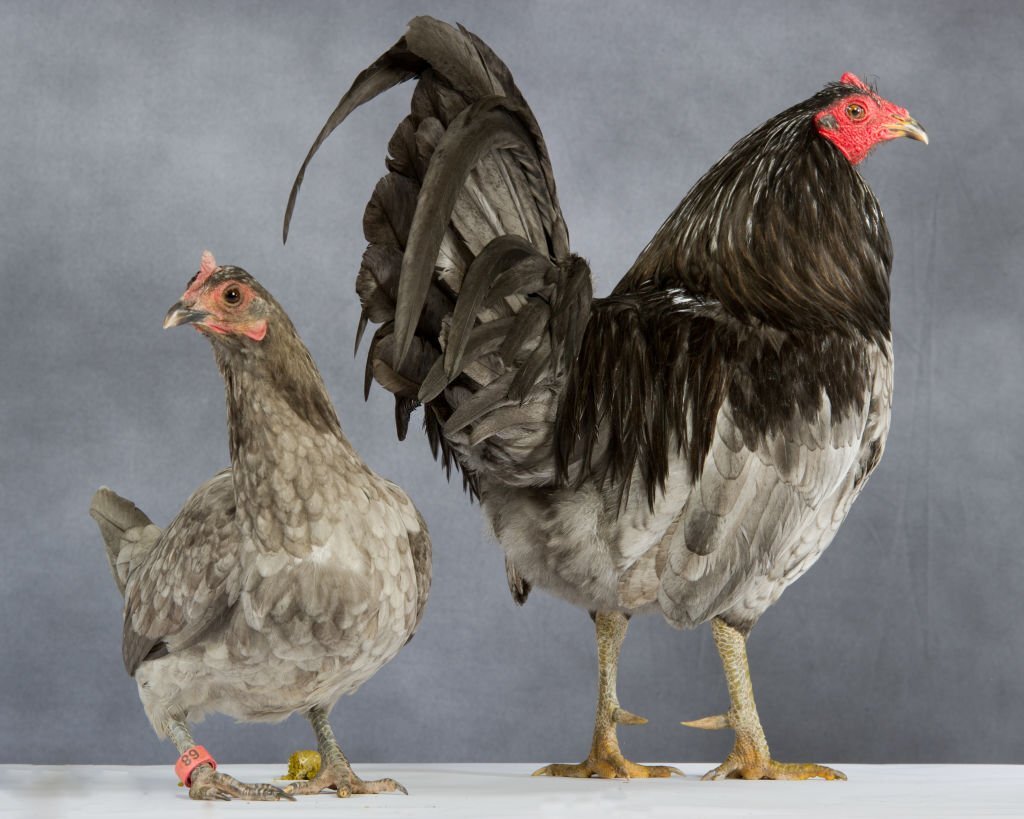
Production Blue Chicken Growth Rate and Yield
On commercial poultry farms, blue chickens are ready for processing at 6-8 weeks old. When fed high-quality rations and kept in ideal conditions, they can reach a market weight of 4.5-5.5 lbs in just 8 weeks.
For egg production, pullets will begin laying around 18-20 weeks of age. In their first year, hens can produce 220 or more eggs. The average egg size is large to extra large. Over their lifetime of 2-3 years, hens should maintain an excellent rate of lay with high fertility.
With their genetics tuned for efficiency, blue chickens offer excellent returns on investment for poultry producers.
Blue Chicken Housing and Equipment
Proper housing and equipment are key to getting the most out of your production of blue chickens:
- Coops should provide at least 3 sq ft per bird; allow access to outdoor pens when possible
- Use perches and nest boxes suited for medium-sized chicken breeds
- Install nipple drinkers and hanging feeders to minimize waste
- Cover the floor with 4+ inches of pine shavings or other absorbent litter
- Ensure adequate ventilation through windows, and doors, and have openings
- Heating lamps and cooling fans may be needed in extreme weather
- Grow-out pens ready for meat birds at 5-6 weeks old
- Egg baskets, wash station, and cartons for collecting and selling eggs
With the right setup, your blue chickens will thrive in their home.
Feeding and Nutrition for Production Blue Chickens
Proper nutrition is vital for optimizing the growth and productivity of blue chickens.
- Feed a complete chick starter for the first 8 weeks containing 20% protein.
- Transition to a grower feed until 16-18 weeks old with 16% protein.
- Use a layer feed with 16% protein, and 3.5% calcium for hens in lay.
- Free choice oyster shell provides extra calcium for eggshell strength.
- Offer granite grit to aid digestion, especially for birds on the range.
- Ensure feed is always fresh – discard any old, moldy, or wet feed.
- Provide plenty of clean water at all times.
- Supplements are usually not needed if feeding quality feeds.
Following these nutritional guidelines will help your blue chickens perform to their genetic potential. Monitor body condition and production levels and adjust the ratio as needed. Get more info about Small pets.
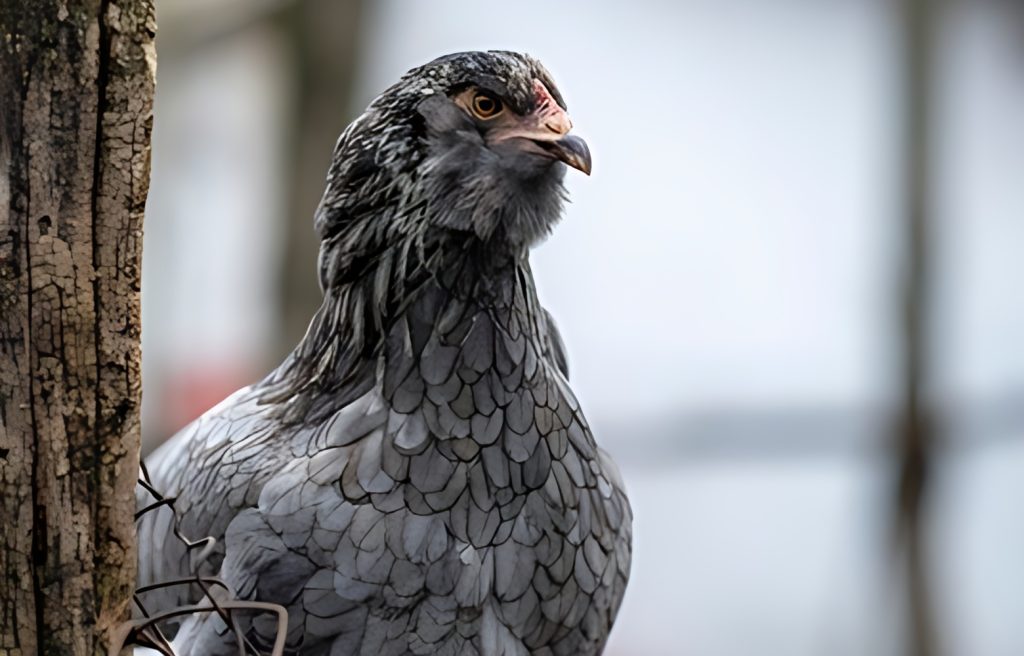
Common Health Issues for Production Blue Chickens
Like all chicken breeds, blue chickens can be affected by certain poultry diseases and parasites. Here are some to be aware of:
- Coccidiosis – severe gut parasite; that causes diarrhea and death. Prevent with clean housing and medicated starter feeds.
- Marek’s disease – a viral infection that impacts nerves and organs. Vaccinate day-old chicks.
- Fowl Pox – viral disease causing lesions on the skin and internal tracts. Use mosquito control and vaccination.
- Botulism – toxicity caused by bacteria in soil. Remove rotten food and keep the litter clean.
- Fowl Cholera – contagious bacterial disease causing high mortality rates. Promptly treat with antibiotics.
- Lice and Mites – external parasites; treat with sprays, dusts, or backrubbers.
Working closely with a poultry veterinarian and implementing biosecurity practices will help control health issues in your production blue chicken flock.
Processing and Marketing Blue Chicken Products
One of the advantages of raising production blue chickens is the ability to sell both high-volume eggs and meat. When processed and marketed smartly, they can be quite profitable:
- Process broilers at 6-8 weeks old at a poultry slaughter facility or on your own farm (regulations vary).
- Market chickens whole, cut into parts, or further processed into value-added products.
- Highlight the uniqueness of blue chicken meat when advertising to consumers.
- Create signage explaining the breed’s history and productive traits.
- Refrigerate eggs quickly after collection and maintain cool storage temperatures.
- Consider initiating organic certification for even higher pricing.
- Develop relationships with grocery stores, restaurants, farmers markets, and direct consumers.
- Price competitively based on local economic conditions while emphasizing product quality.
With their eye-catching plumage and efficient production, production blue chickens certainly offers exciting marketing opportunities for enterprising poultry farmers.
Final Thought
Raising blue chickens presents a rewarding opportunity in the poultry industry. These highly productive birds can generate profits through both quality eggs and meat production. Their unique blue feathering also allows for niche marketing to discerning customers. By selecting the right breed and following best practices for housing, nutrition, and processing, blue chickens can prove to be an excellent addition to any diversified farm or commercial operation. The future looks bright for these colorful, high-performing birds!
Frequently Asked Questions
What is special about the production of blue chickens?
Production blue chickens are a dual-purpose breed developed specifically for efficient egg and meat production. Their slate blue and grey barred plumage also makes them unique among typical white and brown chickens.
What are the egg-laying capabilities of production blue hens?
A good production blue hen can lay between 250-280 eggs per year. They reach peak production at around 30 weeks of age. The eggs are large to extra large in size.
How long does it take production blue chickens to reach harvest weight?
When fed a quality high-protein grower ration, production blue broiler chickens can reach a market weight of 5 pounds in just 6-8 weeks. This rapid growth rate makes them excellent meat producing birds.
How much space should you provide per production blue chicken?
Allow a minimum of 3-4 square feet per bird inside the chicken coop. Access to a range or pasture provides extra space for exercise and foraging. Higher density housing increases risks of feather pecking.
What health issues are common in the production blue chickens?
Coccidiosis, Marek’s disease, fowl pox, parasites, and respiratory infections can affect the production of blue chickens. Work closely with a poultry veterinarian to implement vaccination and control programs. Proper biosecurity is also critical.
Can you raise production blue chickens year-round?
Production blue chickens do well in both cold and hot climates if adequate shelter, ventilation, and water are provided. They are not as cold-hardy as some heritage breeds but handle heat relatively well. Adjust housing and care to suit your climate.


